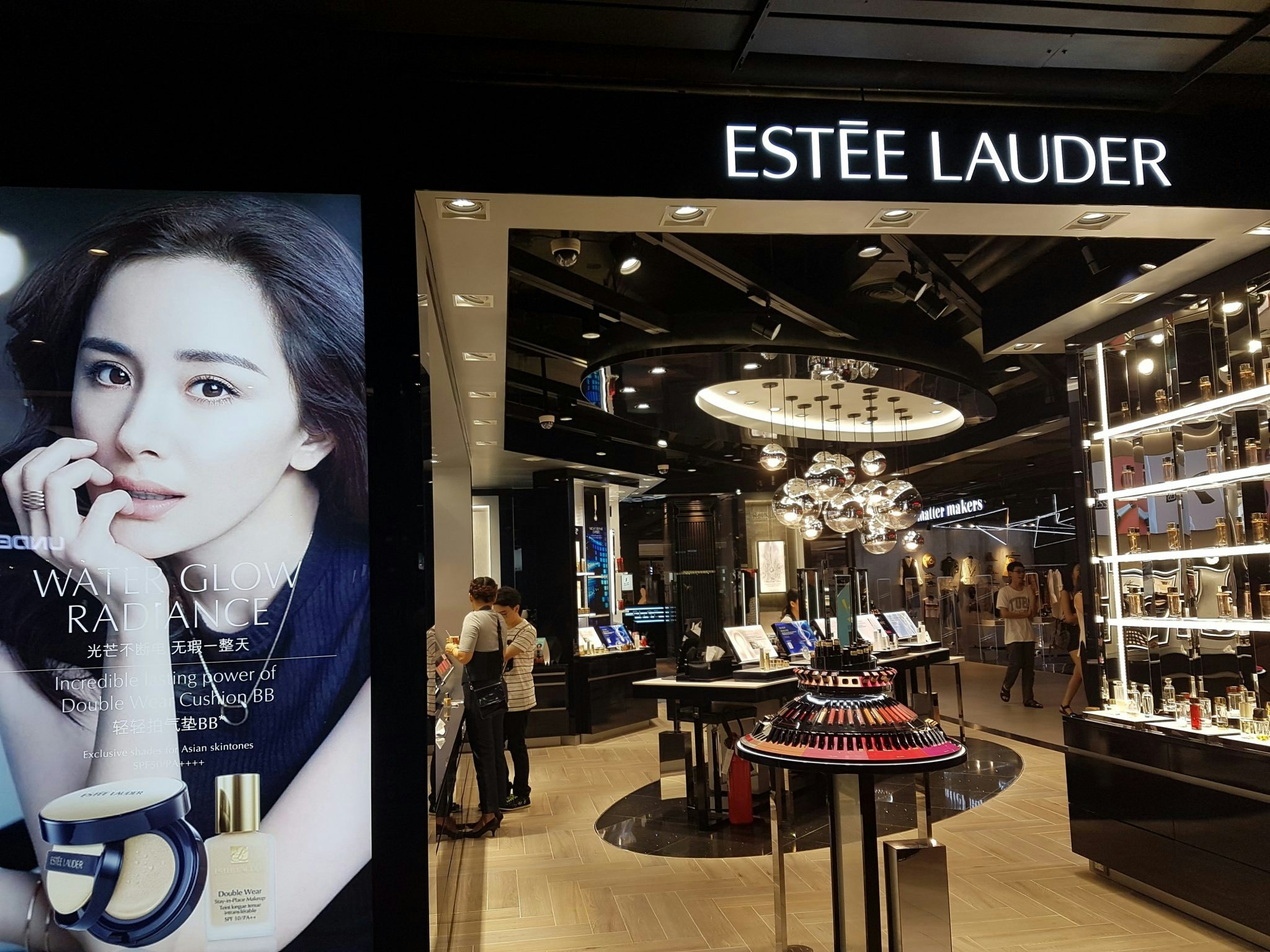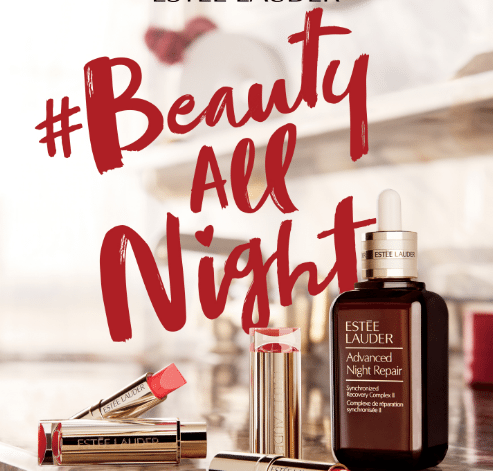The American premium beauty brand Estée Lauder has, of late, had huge success in the Chinese market. During the fourth quarter of the fiscal year 2017, the brand's parent company, Estée Lauder Companies (ELC), saw a whopping 40-percent growth in China, in stark contrast to the increase of the global sales at nine percent during the same period.
Jing Daily caught up with Tricia Nichols, the brand's Vice President of Global Consumer Marketing and Engagement and Jon Roman, the Vice President of Online, after Nichols' presentation at Women's Wear Daily's "Digital Forum: New York" last week.
In this interview, Nichols and Roman reveal the secrets of Estée Lauder's China strategy, including how to use WeChat and Weibo to sell on Tmall. They also identify some of the best ways to understand and engage with Chinese consumers, which is a constantly evolving demographic, according to Nichols.
Jing Daily: How does the company adapt its marketing strategy to attract a Chinese audience?#
Tricia Nichols: We do know that it is an evolving growing market. The way Chinese customers consume beauty (products) is evolving constantly. So we have constantly revised our strategy, as we develop new products. We are driving our own inspiration, education, innovation and trial.
In terms of strategy, we do have a very strong local team there that is running operations in China. They really do understand Chinese consumers. They work very closely with our regional team which is based in Hong Kong, and our global team here in New York. In that way, we are really sharing and maximizing the chances of identifying what Chinese consumers are looking for.
Estée Lauder has a highly sophisticated social media strategy in China. How important is WeChat and Weibo to you? Which platform has served your business goals better so far?#
Tricia Nichols: These two channels are both very important to our strategy for, not only the awareness, but an engagement standpoint. And also because they are really a part of this broader, all-in-one ecosystem. So Weibo and WeChat are two of the largest social media platforms, they keep growing and we want to grow with them.
We have adopted a different strategy for each platform because they are quite unique in their own way. We see Weibo as a more grab-and-keep platform. People really get to know our brand and also amplify the content through story-telling. And for WeChat, it is obviously a communication tool. The brand engagement is through the platform. It helps convert people into customers. WeChat is the major platform for us to drive online to offline.
Jon Roman: The importance of WeChat linking to our brand's e-commerce site is also extremely important.
How Does Estee Lauder Use WeChat to Manage Customer Relationship?#
Tricia Nichols: WeChat is a one-to-one platform for a lot of things. It offers us great opportunity to create the message and nice interaction from an engagement standpoint. There is also a customer service element to it, such as how it links back to our e-commerce site.
Jon Roman: For example, with WeChat, we have a hub linking to our loyalty program, we have a hub linking to our Beauty Advisors - that's really how we communicate our service to our customers.
In China, Estée Lauder sells both on Alibaba’s Tmall, the country’s biggest e-commerce platform, and your own Chinese official website. Why is Tmall a crucial sales channel?#
Jon Roman: I think, on Tmall, we are really a leader in global prestige beauty brands. We look at Tmall as an incredible opportunity to reach consumers, especially in Tier 3 and Tier 4 cities, where we don't have the product distribution. It allows us to reach and learn more about consumers and how to target and communicate with them.
Also because [Tmall] has so much data, it offers a lot of insights about consumers. That really helps us change our approach to our consumers. [On the other hand], I think having our own e-commerce site is also extremely important because it is the pure expression of the brand. We will create our own technology, service and experience. We can talk in detail about our services, like our loyalty program, with a link to our WeChat account.
Estée Lauder appointed Chinese actress Yang Mi to be its brand ambassador earlier this year. Why does the brand need a local ambassador? What kind of role does the company expect her to play?#
Tricia Nichols: This is how we see Yang Mi: she is one of the most influential women in China, especially on Weibo. We see her as a really obvious choice to inspire and engage with Chinese women and beauty consumers. She has proven to be, for us, a perfect choice. Her first campaign with us was back in February. That was retweeted one million times and automatically upped our sales by over 170 percent in the first month of launch. She is really as connected, inspiring and engaging as we had hoped.
China is leading in the online-to-offline (O2O) commerce development. Major e-commerce players such as Alibaba and JD.com have worked with high-end brick-and-mortar retailers to connect online shopping to offline retail. What is Estée Lauder’s online-to-offline strategy?#
Jon Roman: We are evolving our strategy to drive the in-store experience 365 days a year, by providing memorable experiences based on skincare or make-up services, unique and engaging activities around festivals such as Chinese New Year, Women’s Day, and discovering activities around our best products. We also host consumer and KOL events both in our freestanding stores and in pop-up stores. Because our stores are a pure expression of the brand, the market predominantly leverages local influencers and spokespeople like Wang Kai and Yang Mi in these brand environments. They have been incredibly successful from both an engagement and sales perspective, with Yang Mi closing down our store in Zhengzhou due to the high consumer turnout.
What are some of the biggest challenges for Estée Lauder to further profit from the Chinese market?#
Tricia Nichols: For Chinese consumers, as we see it, their way of shopping, their way of consuming beauty, their way of being inspired is always evolving and changing. So you know it is one challenge that we must be on top of to evolve with them. We need to understand the trends and develop the products with them. Another challenge is how to be a global brand in China that is locally relevant.



